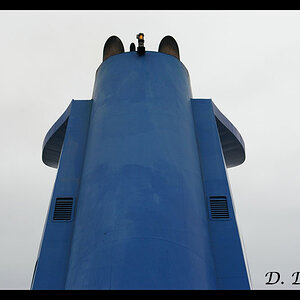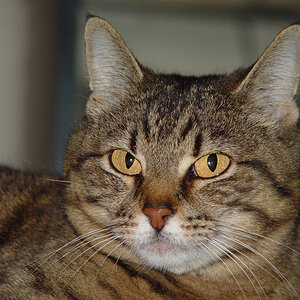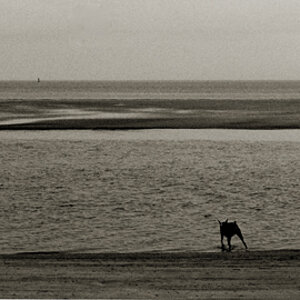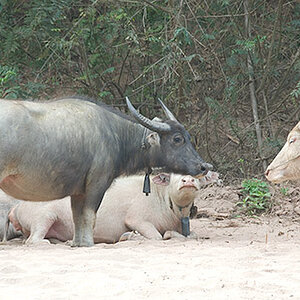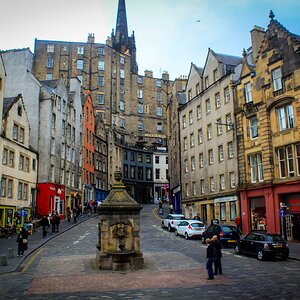Fatony
TPF Noob!
- Joined
- Nov 1, 2008
- Messages
- 5
- Reaction score
- 0
- Location
- UAE
- Can others edit my Photos
- Photos OK to edit
Hi guys,
I got sick of buying crappy digi cams so I decided to get the new Canon EOS 1000D.
To understand a bit more about the options, I watched the training programme on yourtube about SLR cameras.
Anyways, I took it for a first spin yesterday on a work trip. I took a few pictures but one of them really caught my eye.

I had my camera on FullAuto...
Can some one explain to me what the camera did to make the guy blurry at the back and concentrated mainly on the person in the middle? If I want a similar picture without full auto - what settings should i apply to my AV option.
looking forward to comments.
I got sick of buying crappy digi cams so I decided to get the new Canon EOS 1000D.
To understand a bit more about the options, I watched the training programme on yourtube about SLR cameras.
Anyways, I took it for a first spin yesterday on a work trip. I took a few pictures but one of them really caught my eye.

I had my camera on FullAuto...
Can some one explain to me what the camera did to make the guy blurry at the back and concentrated mainly on the person in the middle? If I want a similar picture without full auto - what settings should i apply to my AV option.
looking forward to comments.







![[No title]](/data/xfmg/thumbnail/37/37636-e02c7efccb426a8951ed97a37c0f9307.jpg?1619738157)
![[No title]](/data/xfmg/thumbnail/33/33491-46949ced4f9729f095cb48c6c61633db.jpg?1619736003)
